Thank You VT Entomological Society, particularly Michael Sabourin, and Birds of Vermont Museum for hosting the annual Butterfly and Bug Walk on July 7, 2024. View photos of the event below and check out more of the insects we viewed and posted on iNaturalist.
Vermont Entomological Society President and co-host for the event, Michael Sabourin.
This gentleman and guest at today's event, recently posted a Florida Fern Moth moth (Calliopistria floridensis) observation from Essex, Vt onto iNaturalist that is very rare for Vermont. Perhaps it brought some Florida weather to Vermont (or maybe the weather brought it to Vermont)!
PS Kai had the first confirmed record for Callopistria floridensis, there was an unconfirmed record from Chittenden Co. last year.
Here are just a few of the observations of the day at the Birds of Vermont Museum Trails.
The outlook calls for smooth sailing all day.
This butterfly put out its Fourth of July Flags!
This moth brought along its own jar.

Is it lunchtime already? Time flies when you are inverting.

Some insects like to show off their colors, even the 'undersides".
I can relate to this wasp having pollen on its face.
When I eat, food gets all over my mustache!
This mint moth looks more like Orange Marmalade to me.
Feather dusters do not work well when wet. We rescued this moth from the pond's surface.

Beautiful water lilies. But what lurks beneath them?
Damselfly naiad; Zygoptera (naiad); eat what they can catch.
Brown water scorpion; Ranatra sp. (Nepidae); havre snorkel-like tubes on their hindquarters for breathing underwater; another voracious predator.

View more of the photos on the iNaturalist site. Open the link above, then open any of the posts. Once a post is open, click on the individual insect's name at the top of the iNaturalist post. This will bring you to a screen with information about that taxa.
Below are photos from Jim Talbot from the same walk.
Dragonfly Naiad; Anisoptera (naiad); can eat minnows, tadpoles, small shrimp, anything small.

Anchor stink bug (Pentatomidae): Stiretrus sp.; females guard eggs and first-star nymphs. These are carnivorous.
Viceroy caterpillar (Nymphalidae); Limenitis sp.
Spittlebugs
What causes spittlebugs to use this frothy mass?
Life Cycle
After the nymph molts for the final time, the resulting adult insect leaves the mass of "spittle" and moves about actively. The "spittle" is derived from a fluid voided from the anus and from a mucilaginous substance excreted by epidermal glands. Nymphs wander away from their spittle masses, and either start new ones, or enter those of other nymphs. Aphrophora nymphs hold the record, of one spittle mass over a foot long containing about 100 individuals! --A.K.G. Hamilton
Identification
one or two stout spines on the hind tibiae, and a circlet of spines at the apex
How to identify spittlebugs
The presence of 'spittle' is an easy way to identify spittlebugs. These spittle masses can be up to 3/4 inch in size.
Nymphs
The nymphs are inside the spittle masses.
They have soft, elongated bodies up to 1/4 inch long.
They change from orange to yellow to green as they grow.
Nymphs have large red eyes on the sides of their heads.
Adults
Adult meadow spittlebugs are 1/4 inch long but are not usually seen.
They start out green and then turn brown or grey.
Adult spittlebugs, also called froghoppers, have enlarged hind legs for jumping.
They are similar to leafhoppers but are fatter.
Thank You Jim for sharing your photos and information about the taxa.
Also, check out these wonderful institutions.
The Vermont Entomological Society is the state's premier organization dedicated to studying, appreciating, and conservating invertebrates (website and quarterly newsletters). Open to all.
Birds of Vermont Museum - where natural history meets art. Check out the website, the museum, and the trails. In the museum view a panorama of raptors, and immerse yourself in aisles of exquisitely and life-like carved birds that nest in Vermont’s forests and fields.
University of Vermont Natural History Museum. The invertebrate collection holds 131,000 insects. The vertebrate collection holds 6,000 mammal specimens (skins). Also, 1,200 birds and 2,600 reptiles and amphibians form the basis for the Vermont State Herpetology Atlas. 4,000 bird eggs representing 273 species and 57 families. Stuffed birds and mammals as old as the 1850s are on display in the lobby of Benedict Auditorium, including an extinct passenger pigeon, a muskox born and raised in Vermont, and a polar bear killed during a sting that toppled an international poaching ring.
And this new book by Declan McCabe, "Turning Stones" Discovering the Life of Water (Down East Books).




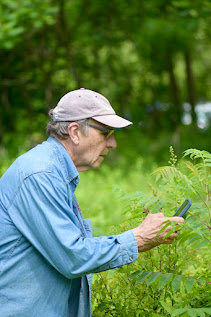











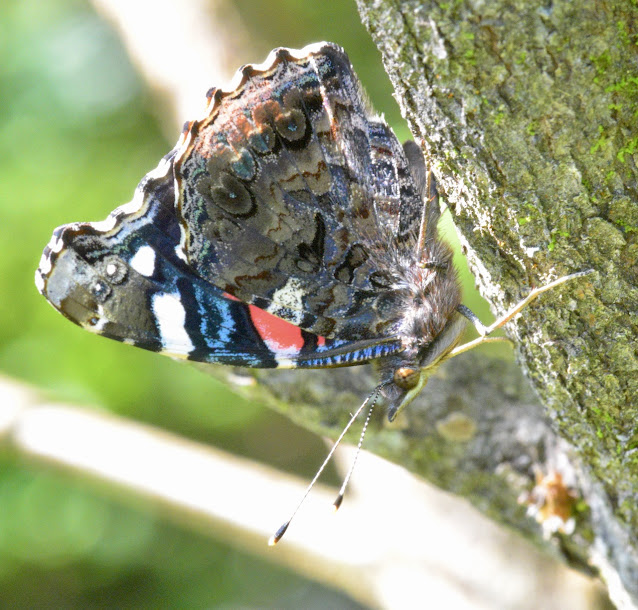
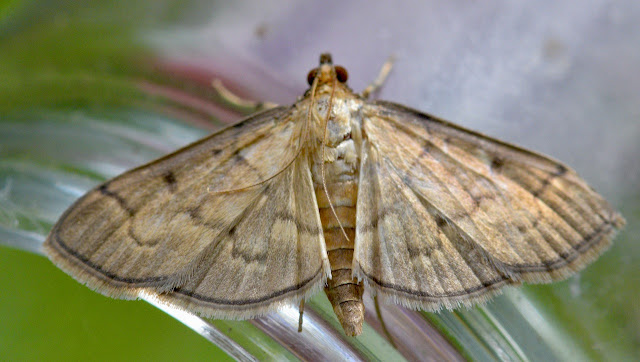
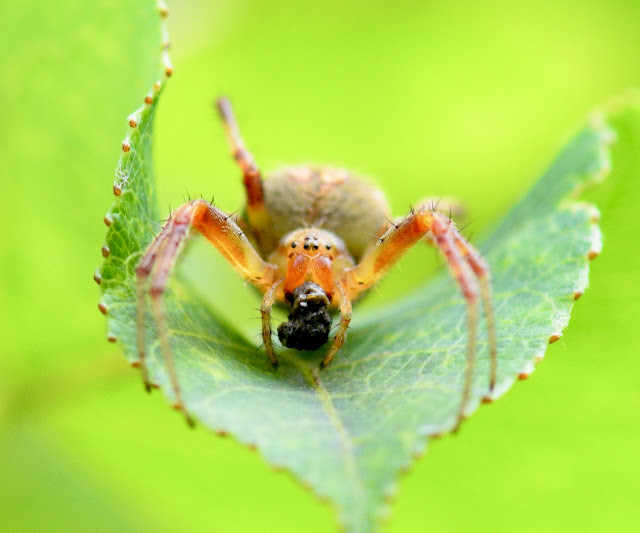






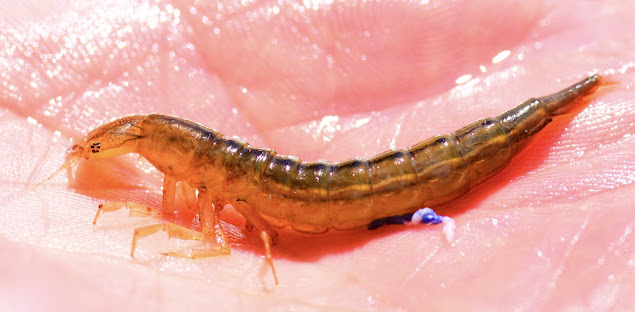







great that you could capture some of today's highlights
ReplyDelete